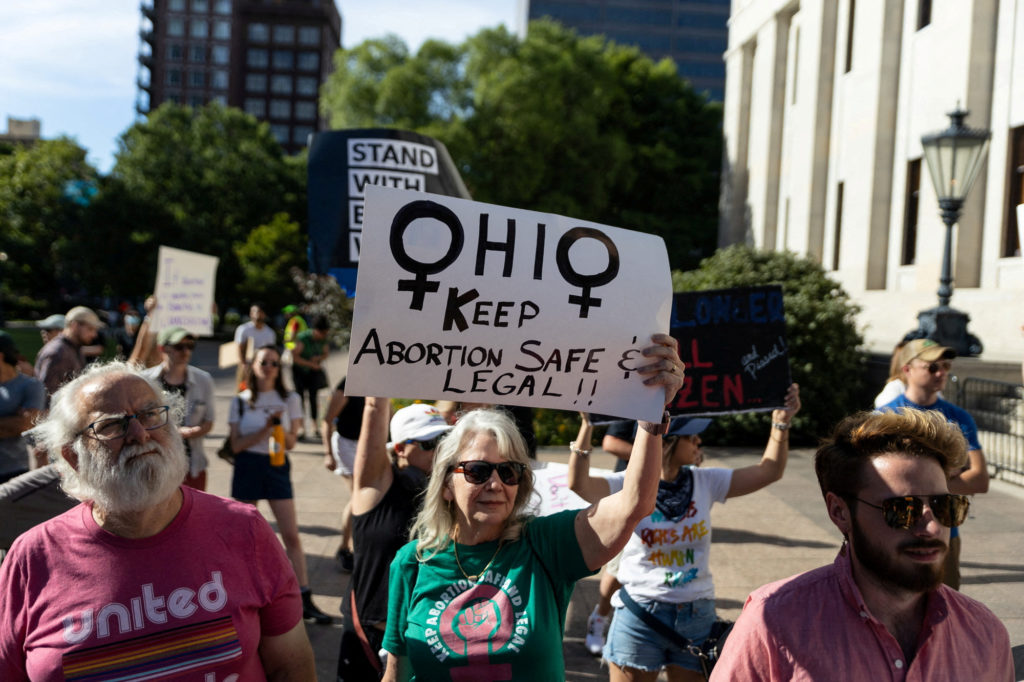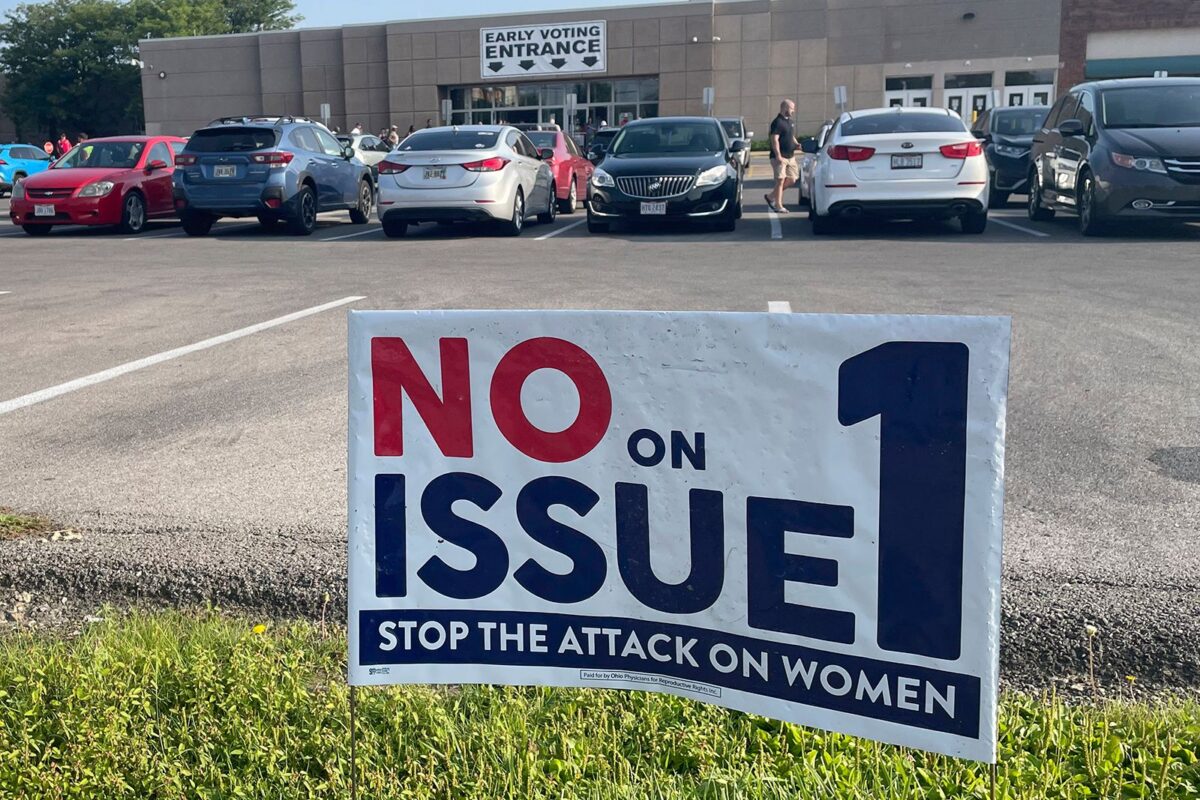Ohio is the most recent state where voters will determine the question after the U.S. Supreme Court abolished a national right to the procedure last year. On Wednesday, in-person voting for a November ballot measure concerning abortion rights began.
Since Ohio is the only state to place an abortion rights question on the ballot this fall, it will serve as a trial run for messaging before the 2024 elections, when it is anticipated that more states will put the issue on the ballot and that it will play a significant role in contests across the board.
Because of the high-profile campaigning behind Issue 1, a constitutional amendment that seeks to entrench abortion rights, election officials throughout the state are generally anticipating higher-than-normal attendance for an off-year vote. Weiss, who resides in the Sylvania neighbourhood of Toledo, declared that women “should have complete control over their own bodies, those decisions shouldn’t be made for us by anyone.”
The Election in Ohio-
Initial early voting figures won’t be available from the secretary of state’s office until next week, but absentee ballot requests have increased significantly this year compared to Ohio’s previous off-year election in November 2021 in the state’s three most populous counties, which are home to about a third of the state’s total population.
Voting will start this week after a special election with high turnout over the summer, in which voters rejected a Republican legislative effort to make it much more difficult to adopt constitutional amendments. Prior to the fall vote on abortion rights, Republicans and anti-abortion organisations had hoped to approve that legislation.

Several polling places were visited on Wednesday and it was noticed that there were no lineups but a steady trickle of voters. Jonathan Griffiths from the Beavercreek neighbourhood of Dayton was one of them. Griffiths, a Republican, declared that he supported the constitutional amendment that upheld women’s right to abortion. He remarked that he is married, has daughters and granddaughters, and is fairly traditional, but agreed that women must have the right to take decisions on their own bodies.
According to the proposed constitutional amendment in Ohio, everyone would have “the right to make and carry out one’s own reproductive decisions.” The initiative follows a streak of successes for proponents of abortion rights around the nation, who have been succeeding in both Democratic and states with a strong Republican presence ever since the U.S. Supreme Court overruled the Roe v. Wade ruling, which had made abortion legal in every state.
Various Views on the Issue-
In rural Xenia on Wednesday, Republican Gov. Mike DeWine and first lady Fran DeWine voted against Issue 1, urging Ohioans to do the same. According to the governor, it “goes too far for Ohio.” According to him if the state is able to defeat this, then it can come together, as a collective whole, and majority of Ohions can agree upon it.
The choice to vote against the amendment was motivated by their Christian values, according to Shari Moore, a retired banker from a suburb of Toledo who cast a vote alongside her husband. “Abortion is murder,” she proclaimed. It’s dangerous for Ohio and the entire nation, she said.
Linda Debard, a 73-year-old retired French teacher from Columbus, declared she would support the amendment because “I firmly believe that the decisions you make regarding women’s health care are the family’s business.” No. Keep politics and the government out of it.
Ads for pro-abortion groups argue that such decisions should not be governed by the state but rather remain private between a woman, her family, her doctor, and her religious leaders.Issue 1’s expansive wording has been the focus of the opposing campaign, Protect Women Ohio, which claims that enacting the amendment will jeopardise Ohio’s parental consent laws governing minors receiving abortions and other sorts of medical care. These laws currently require consent from both parents before minors can receive an abortion or other type of medical treatment.
The argument that the amendment would permit abortions to occur in the last stages of pregnancy has also received significant attention from opponents, despite the fact that such procedures are uncommon. The campaign has also been the subject of false information.




